#sea gulls
Text
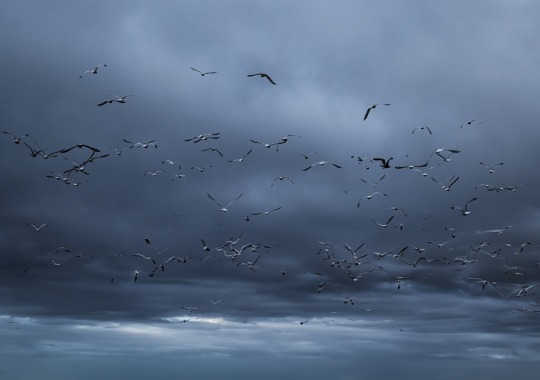
Gulls @ Daybreak. Wind gusts up to 25 mph. 50° F feels like 38° F. 7:31 am. December 28, 2023. Cove Island Park, Stamford, CT. (@dkct25)
#daybreak#twilight#cove island park#stamford#original photography#photographers on tumblr#gulls#seagulls#storm clouds#sea gulls#december#winter
427 notes
·
View notes
Text
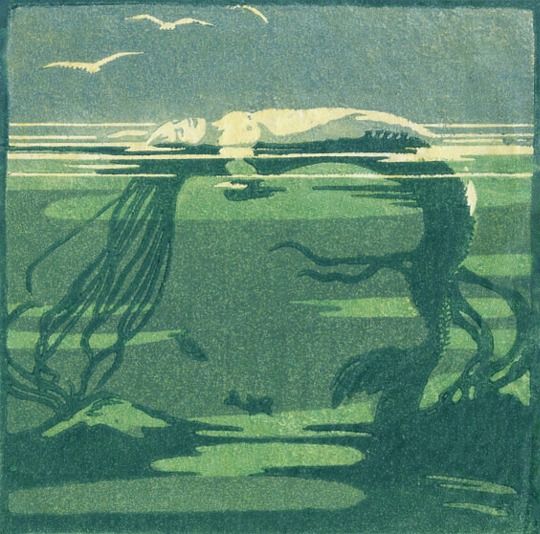
The Sleeping Mermaid
Artist : Florence Mary Anderson
#florence anderson#florence mary anderson#molly macarthur#mermaid#sleeping mermaid#sirène#woodcut print#sea gulls#mouettes#sea#mer#green#vert#long hair
4K notes
·
View notes
Text

Jamie Wyeth
Envy -The Seven Deadly Sins
2005
#jamie wyeth#american art#american artist#american painter#american painting#sea birds#birds in art#beautiful birds#gulls#sea gulls#wildlife#wild birds#birdwatching#aesthetic#beauty#nature#bird art#bird aesthetic#birds of tumblr#art history#aesthetictumblr#tumblraesthetic#tumblrpic#tumblrpictures#tumblr art#tumblrstyle#artists on tumblr#modern art
384 notes
·
View notes
Text
Great Black-backed Gull

Photo: John Sutton
"Our largest gull. Primarily a bird of the Atlantic Coast, seldom seen inland except around the Great Lakes. Because of its large size and omnivorous feeding habits, the Great Black-back can be a significant predator on other species of birds during the nesting season. It has benefitted from certain human activities (such as the establishment of garbage dumps) and has expanded its range southward along the Atlantic seaboard in recent decades."
- Audubon Field Guide
#birds#great black backed gull#birds of north america#north american birds#gulls#seagulls#sea gulls#seabirds#birds of the us#birds of canada#sea birds#birding#bird watching#birdblr#birblr#bird of the day#Larus marinus
44 notes
·
View notes
Text
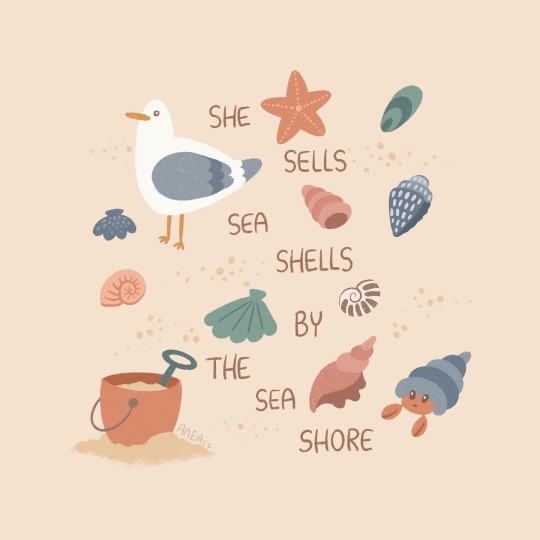

Just something beachy to endure the heat for this month Patreon reward.
Keep safe, hide from the sun if needed and stay hydrated ❤️
#sea shells#sea gulls#hermit crab#sand#beach#beachside#sea shore#patreon#promo tag#aneacc#my art#pattern#wallpapers#illustration#illustrations#digital illustration#artists on tumblr#procreate#cute
577 notes
·
View notes
Photo

(via Pin by just4yoga on yoga | Yoga, Running, Sports || Curated with love by yogadaily)
#ardha chandra chapasana#beach#blue#sea gulls#yoga#yogi#yogini#yoga daily#manifesting#fitness#health and fitness#asana#yoga poses#motivation#inspiration#Aesthetic
20 notes
·
View notes
Text
BOTD: Laughing Gull

Image credit: Ianare
Laughing Gull (Leucophaeus atricilla)
The Laughing Gull's name comes from its raucous call, which sounds like a high-pitched "ha...ha...ha...". The specific name 'atricilla' comes from Latin 'atra' meaning black, unlucky, or malevolent, and 'cilla' meaning tail. Carl Linnaeus, who coined the species' scientific name in 1758, may have actually intended to write 'atricapilla', meaning black-haired, which would have been more accurate to the bird's appearance.
#seagulls#sea gulls#seagull#sea gull#gulls#gull#sea birds#seabirds#coastal birds#tropical birds#coastal wildlife#birds of america#birds of north america#birds of south america#birding#birdwatching#bird of the day#laughing gull#leucophaeus atricilla#birdoftheday#bird#birds
322 notes
·
View notes
Photo
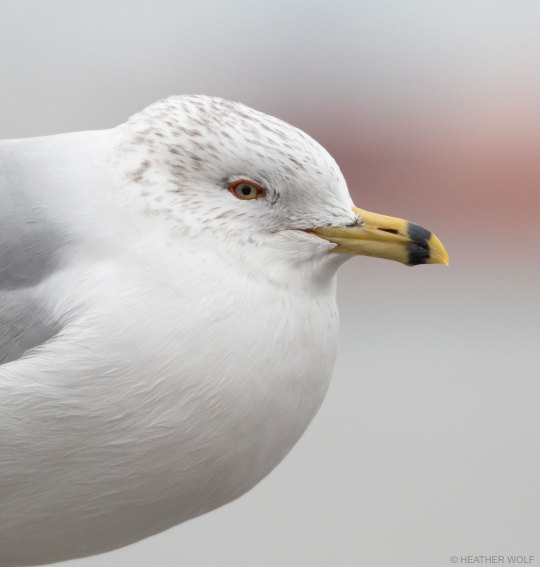
#birds#birding#urban birding#nuts_about_birds#birdstagram#patch birding#nature blogger#nyc nature#brooklyn#brooklyn bridge park#seagulls#sea gulls#gaviotas#gulls#ring-billed gull
131 notes
·
View notes
Text
I’ve taught my daughter to love pigeons. That one’s easyish…they’re fluffy and dorky in a cutesy way.
But I’ve also taught her to love gulls (seagulls aren’t real), but naturally there won’t be any videos of her feeding them out of her hands.
And if you ask her at 6yrs old, she’ll tell you that the reason we need to love them the most is because people hate them the most.
And I don’t know why.
I know the reasons people give…
They’re noisy.
They make a mess (poop & torn open garbage bags)
They steal people’s food.
And I’m like…is that it? Minor inconveniences also caused by your average drunk crowd on a Friday night? That’s it? You’re calling for culling because of slight annoyances?
We destroyed their nesting sites so they adapted and moved to the artificial cliffs of the coastal cities.
We stole all their fish, so they root through our garbage and occasionally steal someone’s chips.
And for that you want to cull them?
I love watching them on stormy days, killing it as they ride, dipping and diving, on the drafts. It makes me smile watching them wing their way home to bed at sunset, calling out to their kin and friends to join them.
Just fucking let them be. We’ve stolen enough.
#birds#gulls#seagull#sea gulls#ornithology#urban wildlife#herring gull#black backed gull#black headed gull#habitat destruction#culling#wildlife culling#wildlife
10 notes
·
View notes
Text
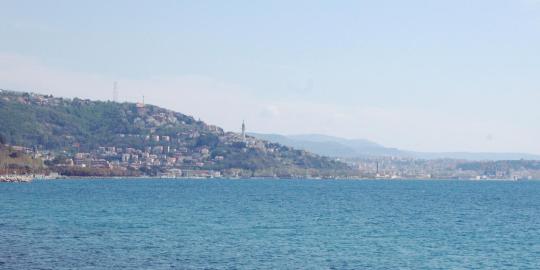
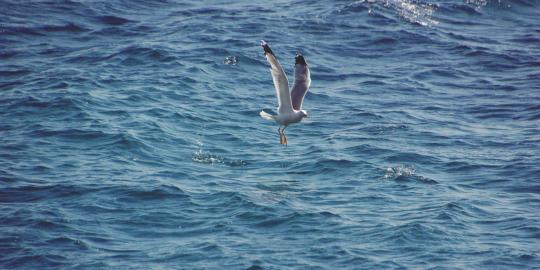

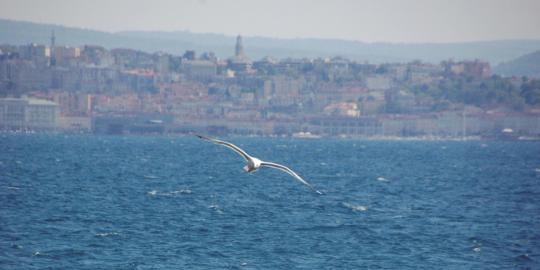
Trieste, Italy
#trieste#italy#seacore#Mediterranean sea#sea aesthetic#sea gulls#watercore#blue seas#blue sea#blue aesthetic
11 notes
·
View notes
Text
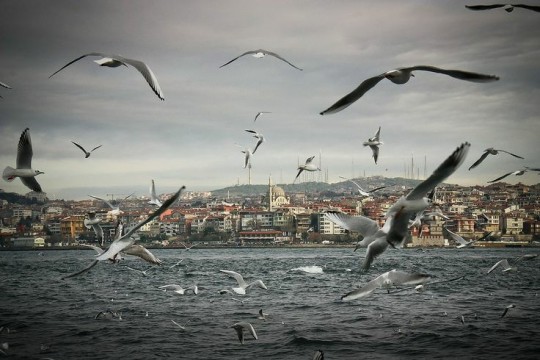
"İçimde hep bir umut taşımaktan asla vazgeçmedim..."
#curators on tumblr#nature#naturecore#cottagecore#photografy#photo#animal#sea gulls#sky#flowers#flowercore#woods#warmcore#life guotes#iskender pala#istanbul#türkiye
162 notes
·
View notes
Text

Early Poems of William Morris
1914
Artist : Florence Harrison
« Sir Peter Harpdon’s End »
#early poems#william morris#florence harrison#1914#sea#stairs#illustration#old illustration#vintage illustration#golden age of illustration#poetry#classic poem#pre raphaelite#pre raphaelism#arthurian mythology#arthurian legend#arthurian literature#arthurian lore#alice#sea gulls#castle#middle age#medieval#moyen âge
677 notes
·
View notes
Text
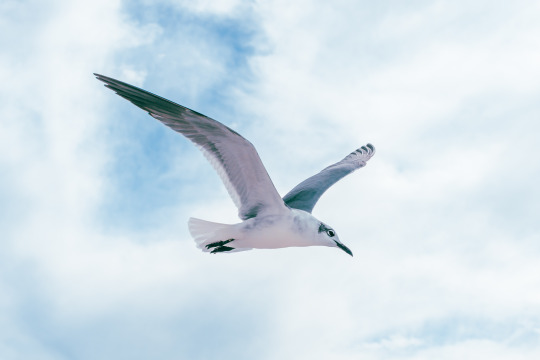

My boy dropped some cheese
14 notes
·
View notes
Text
BOTD: Black-legged Kittiwake

Photo: Becky Matsubara
"A very common small gull of northern and offshore waters, named for its nasal 'ki-ti-waak' callnotes. Seldom comes to land south of its nesting range, but may be seen from shore on either coast, especially during storms. Often abundant on the northern islands where it nests. There the kittiwakes are seen on narrow cliff ledges, perched facing the wall, their tails sticking out over the edge."
- Audubon Field Guide
#birds#black kittiwake#birds of north america#north american birds#gulls#seagulls#sea gulls#seabirds#birds of the us#birds of canada#birds of mexico#birding#birdblr#birblr#bird watching#bird of the day#Rissa tridactyla
34 notes
·
View notes

